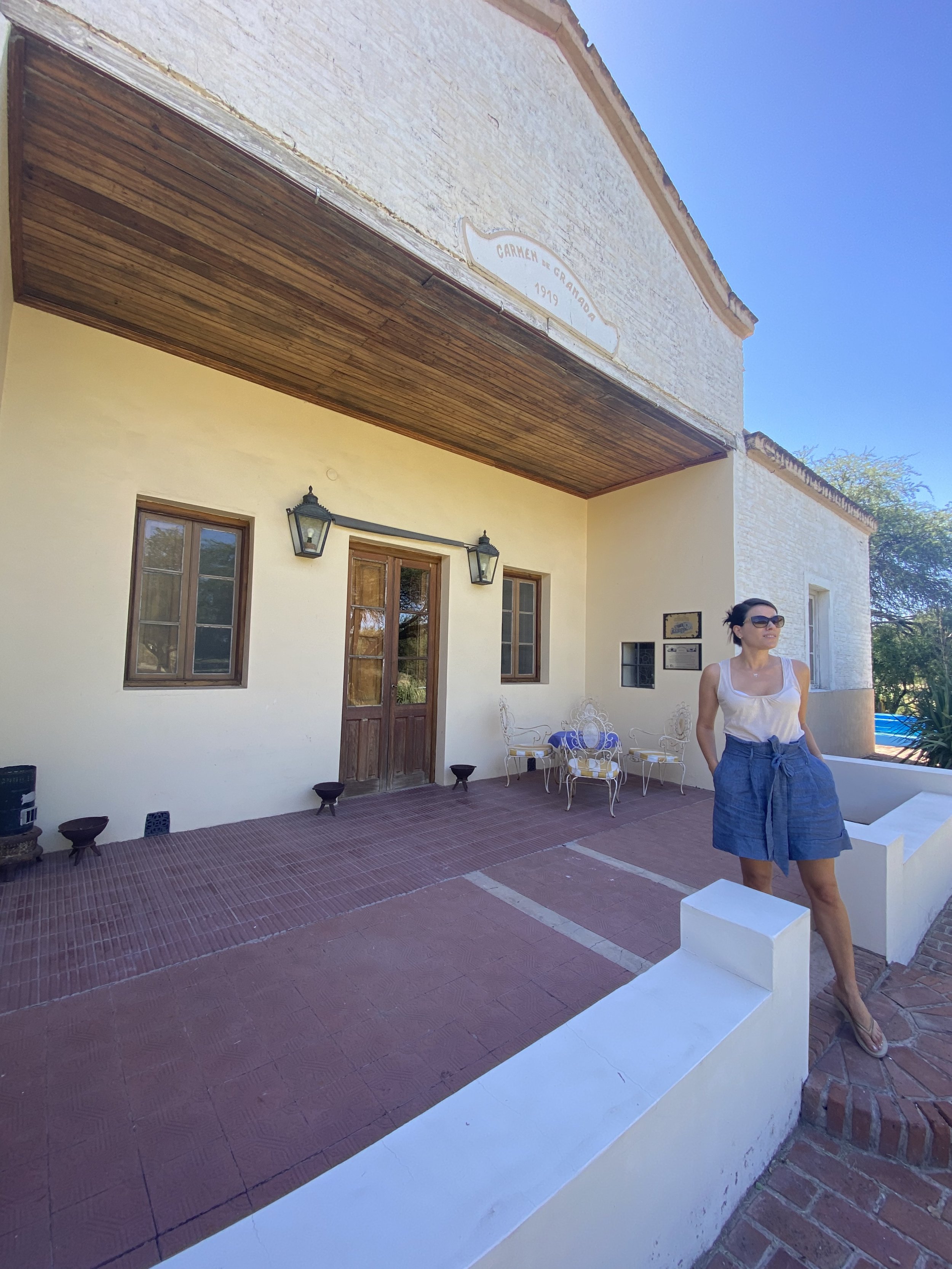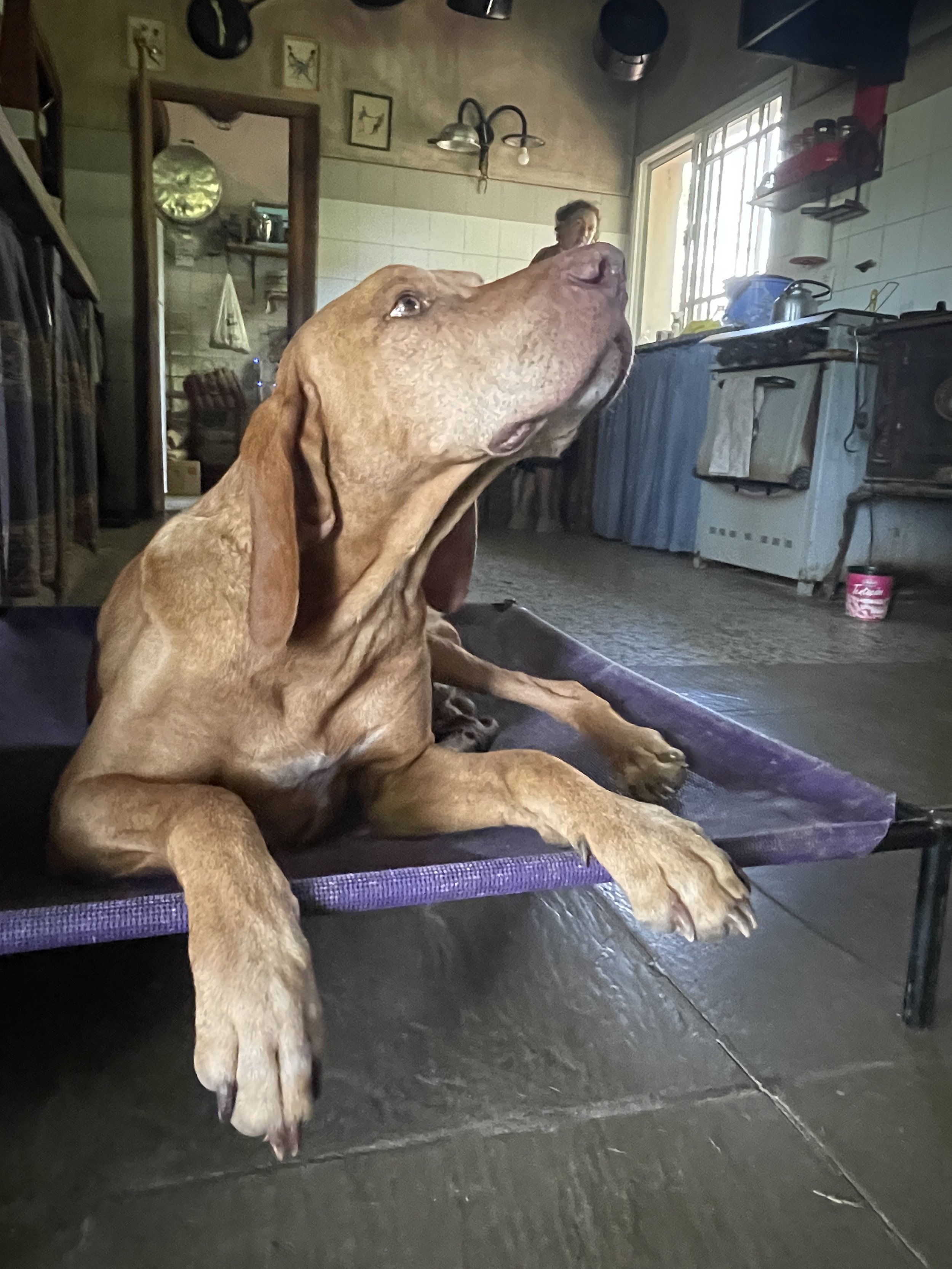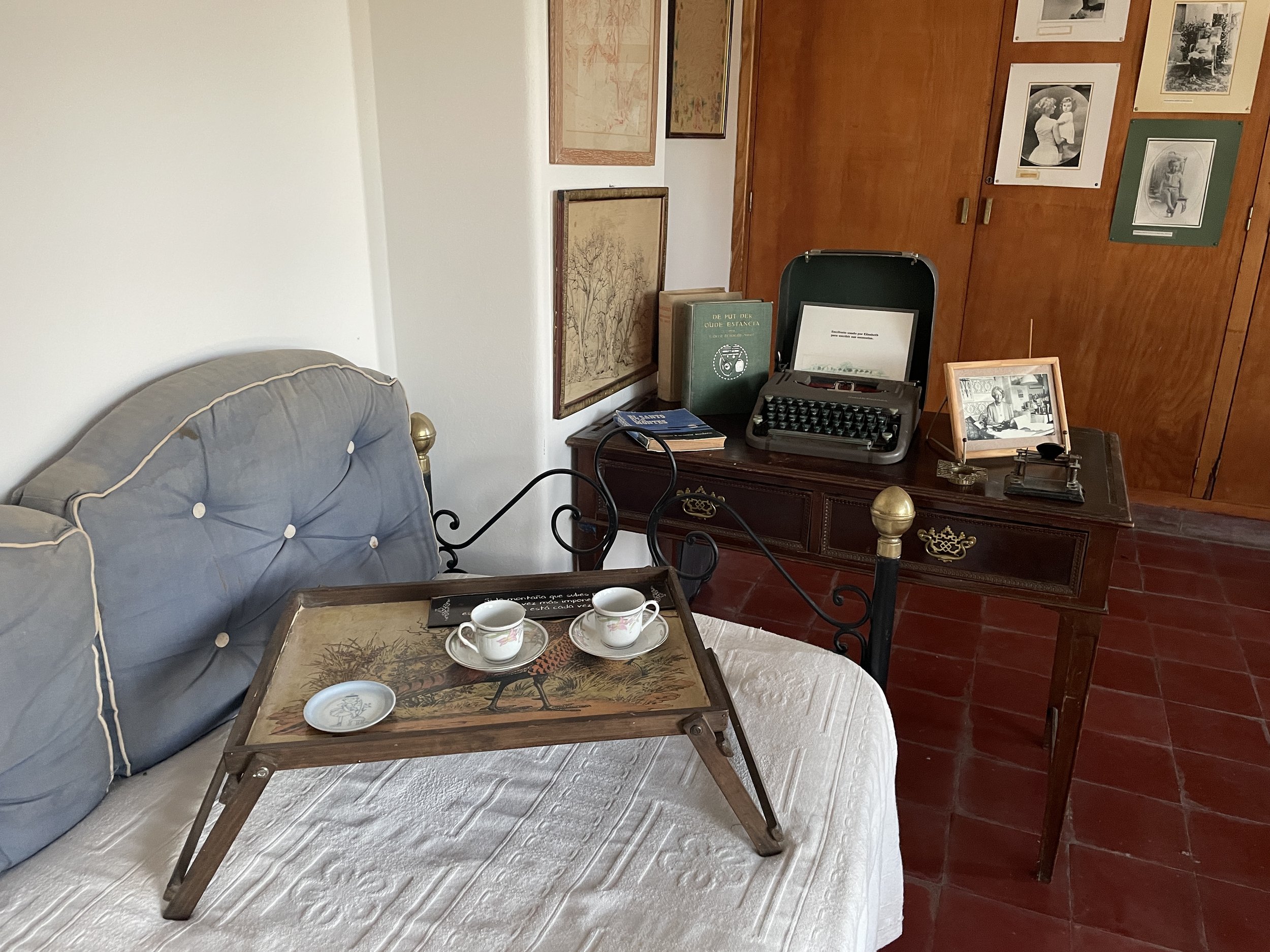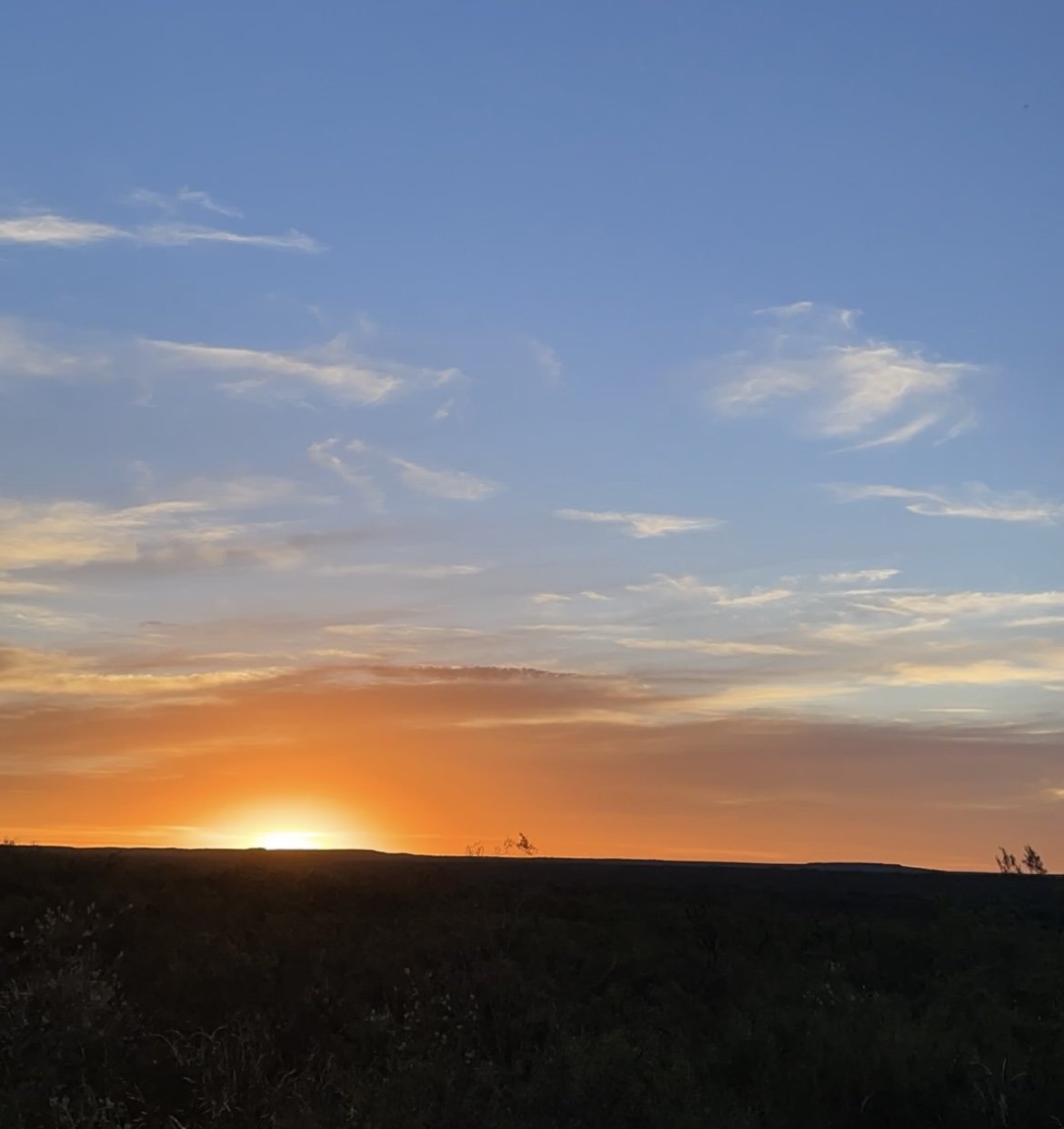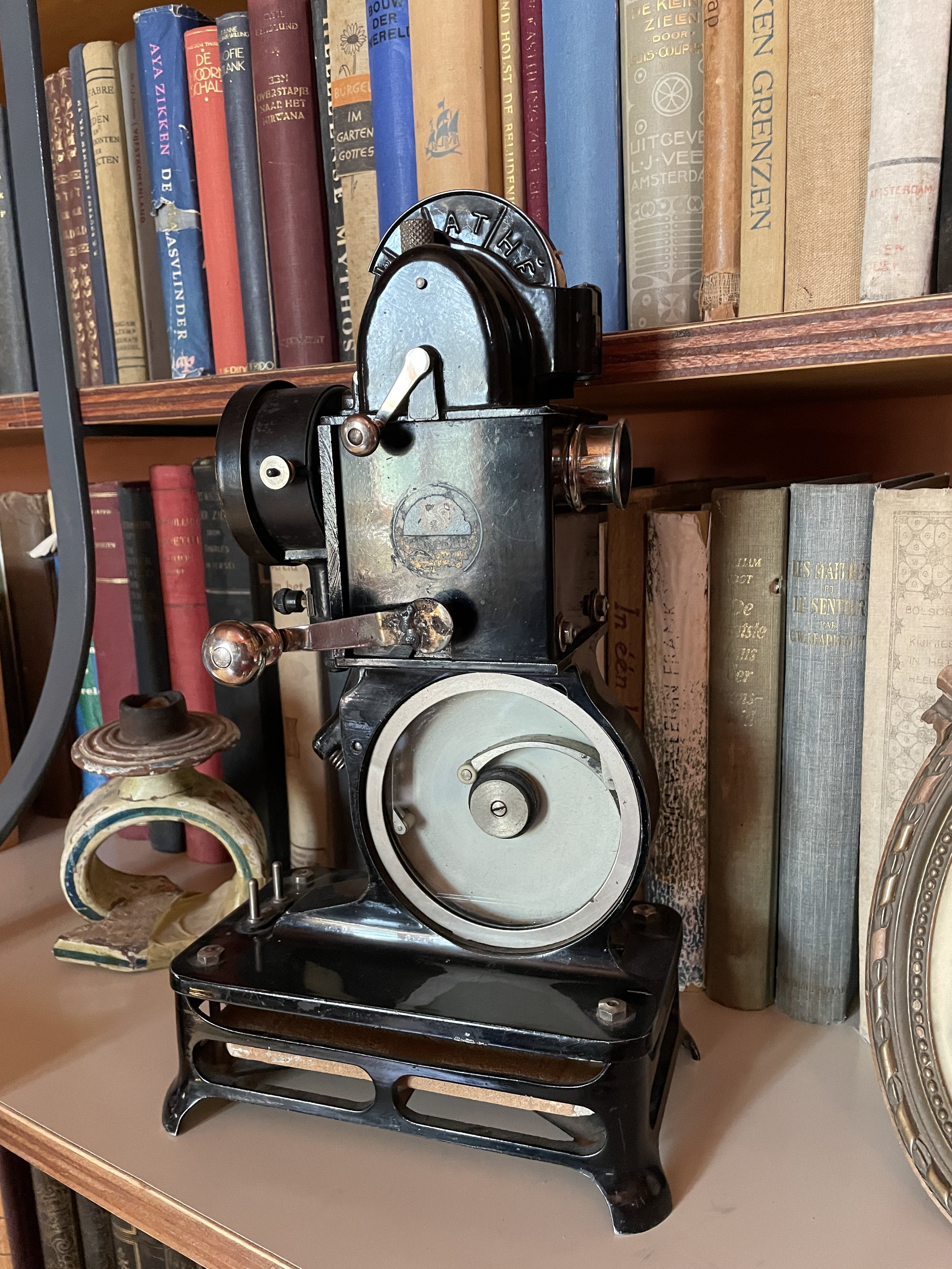Estancia La Holanda
Museum Atelier Antonio Ortiz Echagüe Estancia La Holanda offers the occasion and the environment to enjoy rest and culture.
In the region dominated by caldenes, very close to the city of Victorica, is the right destination to stay in a typical rural Pampean establishment, where you can experience the solitude of its immense extensions with an extra, the museum that contains the works of the Spaniard Antonio Ortiz Echagüe.
We were entering the province of La Pampa from the southwest, so the temptation led us to make a previous stop at Bodega del Desierto, in the town of Colonia 25 de Mayo. We wanted to buy their bottles, as their wines are elaborated according to the astronomical cycles in such desert latitudes.
From there we continued on to our next destination, which awaited us under the inclement January sun. The long straights over the gently undulating terrain began to show us the vastness of the Argentine pampas.
Our obsession for art and history had led us, months before, to become interested in the proposal offered by La Holanda, home and atelier of the great Spanish artist who settled in those lands in 1919.
Indeed, the estancia offers a very rural lodging, with authentic home cooking and the opportunity to listen to fascinating stories, as well as to contemplate imposing sunsets -typical of the plains- and magnificent starry nights.
The main attraction is the museum that houses the works of the local painter. His universe unfolds when entering the gully that leads to the Museo Atelier Antonio Ortiz Echagüe. It is to dive into another era, with his testimonies of characters of the European courts of the early twentieth century, family portraits, splendid landscapes that illuminated the eyes of the artist. Canvases in which color takes over the image, luminous and expressive.
The story of his life and, in particular, of his wife, is intriguing and moving.
Antonio was a true nomad, born in Spain, whose art then took him to Corsica, Morocco, the Netherlands, among many other destinations. It was precisely in Amsterdam that he portrayed a twelve-year-old girl, Elisabeth, daughter of a merchant and diplomat who had acquired a large tract of land in La Pampa, at the beginning of the last century, when Argentina was a prosperous country.
Well, that twelve-year-old girl, who dazzled the painter so much, would later become his life companion: Mrs. Elisabeth Smidt de Ortiz Echagüe. And the vicissitudes of the Great War and the economic crash of the thirties impelled the couple to settle with their children in that property, without knowing yet that this temporary stopover would end up being their last destination. As the oriental proverb that Elisabeth knew how to quote said: "after three years everything unbearable becomes indispensable".
The house dates back to 1919. Jana -one of her granddaughters- together with her siblings, open today the doors of the estancia and the impressive family history.
She welcomed us that torrid siesta, and patiently answered the endless questions that arose when we saw the exotic objects, the fascinating paintings, the books and other relics contained within its walls.
Thus, on a small table in one corner we discovered what looked like a beautiful little lady's purse, which turned out to be one of the most curious objects: an antique teapot keeper. Well padded, it was the most efficient way to keep the water hot. In addition, Moroccan furniture and pieces showed us the fascination of these transhumants for the Arab world. And so, a lot more objects that acted as a trigger of concerns.
At that moment Carmen, sister of the lively Jana, appeared, who with a sweet and enigmatic look introduced herself and immediately joined the conversation, which was so passionate and deep that we did not want it to end.
We continued then in the pool surrounded by caldenes, the characteristic trees of the southern pampas.
And by the time the afternoon was beginning to fall, it was time for the long-awaited visit to the museum. The place is the realization of Elisabeth's wish to show her husband's work, where his last atelier was located.
When we entered, we were welcomed by a high-flown photo of Elisabeth and Antonio at a train station. The elegance, the grace of that beautiful woman captivated us immediately. That photo with a dog in front of her said so much, but so much... it showed her greatness, her spirit. It was the image of a woman whose posture alone conveyed an enormous personality. It was then that we understood that La Holanda and the Museo Atelier Antonio Ortiz Echagüe not only showed the brilliant artist's passage through this world, but especially his wife.
The oil paintings are large in scale, colorful and beautifully executed.
Antonio worked on commission, so the paintings housed in the museum are those that evoke themes that were of personal interest to the artist: his allowances. Beyond the family portraits, the nudes and the productions made during his stay in Morocco stand out, undoubtedly the most impressive ones. The strong colors are fascinating, almost as much as the characters: a thief condemned to blindness with his guide, the women in their characteristic blue tunics, or the sellers of slippers, all in real size. Fabulous.
In another room is still preserved the atelier as the artist left it, with his work table, cuttings of exhibitions in international galleries, his paints and brushes, his lectern and other work elements. On one side is the room where Elisabeth spent the last years of her life, before a respiratory illness forced her to move to Buenos Aires.
After the visit to the museum, we took a path to the small hill overlooking the viewpoint, a subtle elevation to contemplate the beautiful sunset in solitude.
On the way back, a tasty and homemade dinner awaited us, during which we had the company of Carmen, who patiently continued telling the stories of her grandparents, as they had been passed down to her.
A deep rest came at night, although the "chauffeur & cadet" of @tripticity_ -whom sleep does not usually accompany- would later tell us that the pampero wind and incessant lightning had made the windows of the room shake.
We got up early in the morning, where a rich country breakfast awaited us at the table. Homemade bread and sweets, pudding from the economic kitchen, natural orange juice and a rich coffee prepared -of course- in an old-fashioned coffee pot.
Before leaving, a visit to Elisabeth's library was the best gift. In a small room with high ceilings we discovered books in English, French, Dutch and Spanish, on the most varied subjects. They confirmed the audacity of the Dutch woman. Beyond the classics, those on oriental culture, Yogi philosophy and Buddhism deserved particular attention. Elisabeth's stays in India helped her to explore her inner wisdom. And that love of reading surely encouraged her to write her own novels, two published in Dutch ("El pozo de la estancia" and "Cosechó los frutos") and one in Spanish ("El santo de los montes").
It was at that time that Carmen also showed us a book of photographs by José Ortiz Echagüe, Antonio's brother, who used a technique called Carbon Fresson. "The emulsion is made from a gelatin base with watercolor paint, which spread on a neutral paper is sensitized a few hours before printing by immersing it in a solution of potassium bromate," Carmen explained to us. The result is simply majestic: images that enraptured us, if that was still possible after enjoying so much immensity, so much art, so many seductive stories of the stay and so much human warmth.

